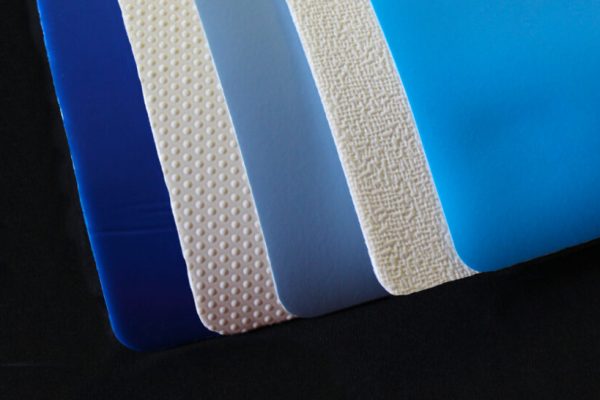The Advantages of Choosing Closed-Cell Foam
SEKISUI Voltek is one of the world’s leading producers of closed-cell, cross-linked polyolefin foam. Closed-cell foam, with its cells entirely enclosed by walls, is the perfect option for a variety of applications in the industrial, automotive, and healthcare fields, among many others. But why is this so? In today’s post, we will take a closer look at the advantages of choosing closed-cell foam for your needs, and how closed-cell foam differs from the open-cell alternative.
A Sturdier Foam Option
One of the main advantages of using closed-cell foam versus open-cell foam is its strength and durability. Closed cell foam is resistant to tearing due to the cells being enclosed behind barriers. This strength makes closed-cell foam a great option for a variety of uses, like:
- Exercise Mats
- Padding for Helmets and Other Protective Equipment
- Packaging for Delicate Items Like Electronics and Glassware
- Soles and Insoles for Shoes and Sandals
- Padding for Medical Braces, Prosthetics, Splints, and Medical Tape
- Gaskets and Seals for Industrial Equipment
Closed-Cell Foam is Moisture Resistant
With the cells closely packed together and enclosed by walls, closed-cell foam leaves very little room for water to seep in; whereas, open-cell foam can retain moisture, which can lead to moisture, mildew, and bacterial growth. This makes closed-cell foam a great option for marine products like seat cushions and life jackets.
This is just a small sampling of the range of uses for closed-cell foam. For more information about how SEKISUI Voltek can provide solutions for your closed-cell foam needs, please contact us and let us know what you have in mind. We look forward to hearing from you.







